Framerate of the Dead
While sharing a name with the 2014 original, Lords of the Fallen is both a sequel and reboot to the series, serving as an excellent entry point for newcomers. While the original developer in Deck13 moved on, Publisher CI Games formed a new studio in Hexworks to produce what might be my favorite Soulslike ever, a feat it would have confidently pulled off if not for some extreme technical issues. Still, despite those annoyances, Lords of the Fallen is a damn impressive debut for the studio and a game I absolutely adored.
While Soulslikes are a dime a dozen these days, they were incredibly rare back when the original Lords of the Fallen dropped in 2014. While it attempted to carve its own path, the structure of Fromsoftware’s formula was ever present, an approach countless other developers would hitch their wagon to over the years. Lords of the Fallen was an enjoyable game, but it did little to become as memorable or as unique as it could have been. Thankfully, Hexworks has not only rebuilt the adventure from the ground up in Unreal Engine 5, they have excelled at taking the formula as it is and providing an interesting wrinkle to its combat, exploration, and co-op, making for an experience I'll return to for years.
Fromsoftware has played around with co-op in many of their games before, but rarely have they embraced it in a way where it felt open and approachable. Elden Ring was likely their most engaged title for co-op, but the limitations present made interacting with it feel dated and extremely limited. While this was addressed on PC through the Seamless Co-op Mod created by the community, Lords of the Fallen went the extra mile and made their co-op as simple and open as fans have wanted from the genre for years.
Co-op works as follows; you can go to any of the game’s Vestige locations, which are essentially the equivalent of Souls’ campfires, and summon or join other players by accessing the multiplayer menu. However, you can also just invite friends or invite players directly from their profile at any time, anywhere. This is on top of not having to require some vague or nondescript item to do so. Co-op also doesn’t suffer from limited areas or progression blockers, meaning you can continue to play co-op from the moment it is available right through to the game’s conclusion and beyond. While the host is the only player that saves story progress, your co-op player will save everything that affects their character, such as Vigor, weapons purchased from vendors, and so on.
What is also great about what Hexworks has done here is that should your co-op partner fall in combat, you can use one of your healing flasks to revive them. However, that luxury doesn’t apply to the host player. And should you both die or defeat a boss, the joined player will still remain connected with no need to resummon them. Playing in co-op also grants you a currency called Pilfered Coins that can be spent or donated at a specific shrine that rolls out rewards based on the efforts of the whole community, making the need for co-op, and especially finding those who are eager to kill a few bosses with you, something that benefits everyone, not just yourself.
Lords of the Fallen shares its connection to the first game by having its story take place a thousand years after the events of the original. Here, you play as a Dark Crusader, chosen by the previous wielder of a mystical device called the Umbral Lamp. This lamp allows its bearer to enter the world of the dead, a space that coexists alongside the one of the living. After being granted the Umbral Lamp, you are told of Adyr, the evil force that was defeated in the previous game, who has been gaining back his strength to return. You’ll then be tasked with defeating his generals who each protect one of five Beacons. However, those Beacons also hold with them another purpose, leading to one of the game’s additional endings, should you follow that path, of course. Thankfully, the game includes not just a newgame+ but the ability to reset all quests within your current playthrough, allowing for a great deal of replayability to take in everything this game has to offer. Originally, newgame+ removed a great deal of the Vestiges present across the game; however, as of late October, this has been changed to reduce the amount of Vestiges the deeper you progress through additional newgame+ playthroughs.
Like many Soulslikes, the story can often be vague and told through other outlets such as items and numerous lore entries, not to mention a collection of NPCs that vary in their purpose. You also have to work through each character’s dialogue to sometimes get to why they can be of use to you, such as many operating as a shop or even having to dive into the Umbral world to even see them. While the use of its characters isn’t original or breaking new ground here, the world Hexworks has built is full of some interesting folk, especially the character placed in charge of improving your healing items. Their story is rather intriguing, and the path to having them present for you to interact with was interesting to see unfold.
Your path as a Dark Crusader begins with creating your character. While the Dark Crusader class is readily available as part of the Deluxe Edition, standard edition players can unlock it by completing a specific quest line later in the game. Available at the start, you’ll have the choice between the Blackfeather Ranger, Condemned, Exiled Stalker, Hallowed Knight, Mournstead Infantry, Orian Preacher, Partisan, Pyric Cultist, Udirangr Warwolf, Lord, Putrid Child, and Radiant Purifier. As I opted for the Deluxe Edition, I took on the Dark Crusader and enjoyed what the class brought, giving me some decent survivability and the means to deal some substantial damage.
Your journey to create the perfect character begins with understanding your stats and what to work towards. While you have the standard fare in Strength, Agility, Endurance, and Vitality, you also have newcomers in Radiance and Inferno, which handle your holy and fire magic, respectively. Various weapons and spells require certain level milestones to reach, so you’ll want to find what works for you and engage in the right stats. That said, you can respec your points later on, so don’t be afraid to tinker around with numerous builds to find what works for you. While your stats will play a decent role in keeping you alive and able to defend yourself, you’ll also need to pay attention to your armor, weapons, and their weight, making you either incredibly nimble or substantially bulky, each affecting your mobility in combat.
When it comes to your standard progression, Lords of the Fallen sticks to the standard Souls currency, albeit here it is called Vigor. You’ll use vigor to level up, purchase new weapons, and armor, and secure a host of essential items. And should you perish, you’ll then have to track it back down, hopeful you don’t die on the way there, thus losing your earnings permanently as a result. This sort of currency gimmick is one that seems tied to every Soulslike and a system that likely isn’t going to change anytime soon. It has worked this long for a reason, after all.
However, where Lords of the Fallen innovates is the Umbral world, the land of the dead that you’ll be making a visit to quite often. In fact, if you die in the real world, you’ll retain your Vigor as you’ll transition to this frightful and macabre existence, staving off death for the moment unless you perish there. The Umbral world isn’t just for show, it allows you to traverse paths that don’t exist in the current reality, allowing you to traverse what initially was a dead end or a decayed path that has long been forgotten.
This creates a risk-reward sense of exploration as you don’t have that first death as a backup, putting it all on the line to combat whatever comes your way. To add, some aspects of the Umbral world can be visible by simply holding out your Lantern freely in the real world, such as traversing through metal doors or following a path up the side of a cliff. Granted, the latter is usually better to just embrace the Umbral world in fear of projectiles from off-screen enemies that can cause you to fall to your death. While not every last aspect of the world is dramatically changed by this realm shift, solid portions of the environment can certainly see substantial change, even so much as directing you to other parts of the environment high atop where you were likely walled off of continuing any further. It’s an interesting mechanic that was constantly impressive and made me think twice about what potentially was a dead end and what could be around me.
When you enter this realm, you’ll take Whither damage. This can be earned back as you attack enemies. However, if you take damage before you can earn it back, then that built-up Whither damage is gone. The Umbral Realm also hides numerous foes and some of these spirits can actually create a shield around your foe, making them invincible until you lure that spirit out or enter the Umbral Realm to vanquish them instead. One of my favorite mechanics with the Umbral Lantern is being able to pull the spirit out of a foe and move it, such as having it yanked over the side of a cliff. Eventually, the physical body will move to where you pulled the spirit, causing an almost Wile E. Coyote vs Roadrunner sort of antics as they fall to their doom. Honestly, this never once got old. And while it is something you can optionally do, one particular boss battle requires the use of it to succeed.
The Umbral Realm is also host to some light puzzle-solving and manipulating platforms as well, even if the targeting system in place here constantly failed to lock onto the mechanism needed to move the platforms with ease. The puzzle solving is fairly light as some doors require you to track down contained spirits and release them, thus opening the lock. Again, Lords of the Fallen isn’t aiming to bring too many original ideas to the forefront, especially being a new team with a somewhat limited budget, but the way in which these ideas are presented via this dead realm is rather original in their execution even if the actions themselves are part and parcel within the genre.
The Umbral Realm can be fascinating to explore as in one particular case, moving into the realm removed all the water to allow me to traverse an area where I normally would have drowned. There are also entire battles that only exist here, granting you such items as those needed to improve your healing capabilities. While saying there are two entire games built on top of each other is a bit of an overexaggeration, it can sometimes feel like a valid take nonetheless.
While exploring the Umbral Realm and killing its denizens can present a very good time, dishing out too much bloodshed will get you noticed by a mysterious force that is watching your every move. As your body count gets higher, a bar fills around an eye that is watching you via the top right corner of the screen. Once this fills, stronger enemies begin to flood in and can kill you easily with a few quick swipes. It creates a tense urgency to find decayed skeletal objects called an Emergence Effigy in order to escape the Umbral Realm. You can also escape with your standard Vestige or use Seedlings in flowered locations to create a temporary Vestige that gets overwritten as you continue to use seedlings. This allows for a somewhat impromptu Vestige when the standard ones are nowhere in sight. While temporary, these can prove to be essential, preventing a lengthy run back to your corpse, should you perish far away from the last visited Vestiage.
2014’s Lords of the Fallen was known for its more bulky movement, mainly because you were stuck playing a fairly chonky boy whether you wanted to or not. With so much flexibility in your class and character here, this latest iteration is noticeably far more fluid and quick. It’s also worth pointing out that while the original lacked any sort of character customization, you are free to tinker with a modest amount of options here to create the male or female character of your choosing. It’s not a terribly robust offering, but it’s a welcome change when compared to the original.
The path you walk based on your class, as well as what armor and weapons you’ll equip will factor into how you engage in combat, the speed of your dodge roll, to a wealth of other factors. You’ll have some ranged options as well as a variety of spells, but having some close-quarter options feels incredibly essential, especially given the narrow and tight environments that don’t always give you the range needed to fully embrace that type of class. My playthrough was roughly around 90% melee, but I’ll also point out that the bulk of my playthrough was entirely in co-op, meaning I had assistance in my combat options consistently.
Lords of the Fallen provides you with two weapon slots; a main and an off-hand option. You can equip one ranged/magic slot as well, making you choose between the two. In addition, you’ll have helmet, torso, legs, and arm slots to equip a wealth of different armor pieces to, and there are plenty to choose from. The sheer number of swords, axes, and hammers, to shields, bows, and spells, really do spoil you for choice, especially given that the defeat of each boss provides an item that can grant you access to much of their own equipment, giving you even more choice in the end. While armor will remain as it is, you do get the ability to upgrade your offensive options; however, you’ll have to track down the blacksmith first, which isn’t too difficult of a challenge.
Each weapon is also scaled to a certain stat, which is par for the course here for the type of game this is. This isn’t new territory, but it is implemented well here. While having a build in mind is certainly helpful, I found that each encounter was tweaked in ways where nearly any sort of build, or even a lack of one, felt viable, provided you knew the mechanics of combat provided to you or you are alongside a friend for each encounter. From effectively using the lock-on to systematically tear down your opposition, your ability to rip the soul of your foe for your own gain, to even using the Umbral Realm to dispatch your foes, you have a lot of options given to you that all work in tandem with one another.
Blocking attacks will generate withered health upon hit, allowing you to earn it back upon striking foes immediately. If you block just before being hit, you’ll pull off a strong parry that increases your enemy’s stagger. Once they are fully staggered, you can then execute a powerful attack from either behind them or directly in front. You do have to be quick as this window is pretty short. You can usually get in a solid amount of stagger to pull this off if you can sneak up behind them, but that sort of setup is rare as most environments are loaded with numerous enemies, sometimes in what can feel like a small army.
Combat itself feels great, albeit there is a slipperiness to its movement that took me a while to get used to. This causes you to sometimes topple over cliffs if you attack your foe too close to the end or if you forget to sprint in order to jump, which was the most frequent reason for my demise. Thankfully, there is a bit of forgiveness in how close you can get to the edge, but this slippery movement is something I would prefer getting tightened up in a patch or something to address in future installments. Given the game has been out for some time now, I don’t see this being addressed here.
While I did find that the bulk of the bosses here were easier than what you find in a traditional Fromsoft release, I still found most of them to be very enjoyable encounters. Bosses have pretty consistent tells to prepare your defenses to also being able to rely on the Umbral Realm to lay it all out on the line as you attempt to hack away at its depleting health bar. From giant abominations like the Congregator of Flesh to armored foes in Pieta, She of the Blessed Renewal, a frantic battle in a church with the Rupturous Huntress Lirenne, to what might be one of my favorite encounters, Tancred, Master of Castigations, there are plenty of standout battles that I found impressively engaging. While you can rely on co-op to have someone fight alongside you, there are plenty of summons to bring into battle as well, usually found just outside the boss door. I also appreciate that you can bring them into battle even while playing in co-op.
As one of the few titles to feature Unreal Engine 5 on console at the time, Hexworks has done a remarkable job at making the game run fairly well. Now, that said, there are several moments in the game where the framerate tanks to an embarrassing degree. Honestly, this is my only severe criticism of the game as there are about a dozen moments across my 45+ hours where the game ran well under 10fps for periods of around 15-20 seconds, often resulting in my death. While a reset of the game would address this, both myself and my co-op partner experienced these issues at the same time.
Both Xbox Series X and PS5 have variable options for 60fps or 30fps with 1080P and 1440P options, respectively. Each mode results in a stunning-looking game that works well here, even with motion blur turned on, which is not usually the case in most games. As it stands, Lords of the Fallen is crisp, breathtakingly detailed, and often one of the best-looking games out there.
Apart from its performance issues, I was obsessed with Lords of the Fallen during my entire run with it, and happily looking to dive back in once I have some free time. It does everything I want from the genre with a co-op mode that is now the defacto benchmark I’ll judge the genre against going forward. It is just so incredibly seamless to jump into a game or find someone to help you out, especially given the Pilfered Coins you can earn to better your standing in the game. Lords of the Fallen 2014 was fine for what it attempted to do, but Hexworks has improved upon the original in every single way and is now a studio I am going to keep an eye on.
Developer - Hexworks. Publisher - CI Games. Released - October 13th, 2023. Available On - Xbox Series X/S, PS5, Windows. Rated - (M) Blood and Gore, Partial Nudity, Strong Language, Violence. Platform Reviewed - Xbox Series X. Review Access - Lords of the Fallen Deluxe Edition was purchased for review.


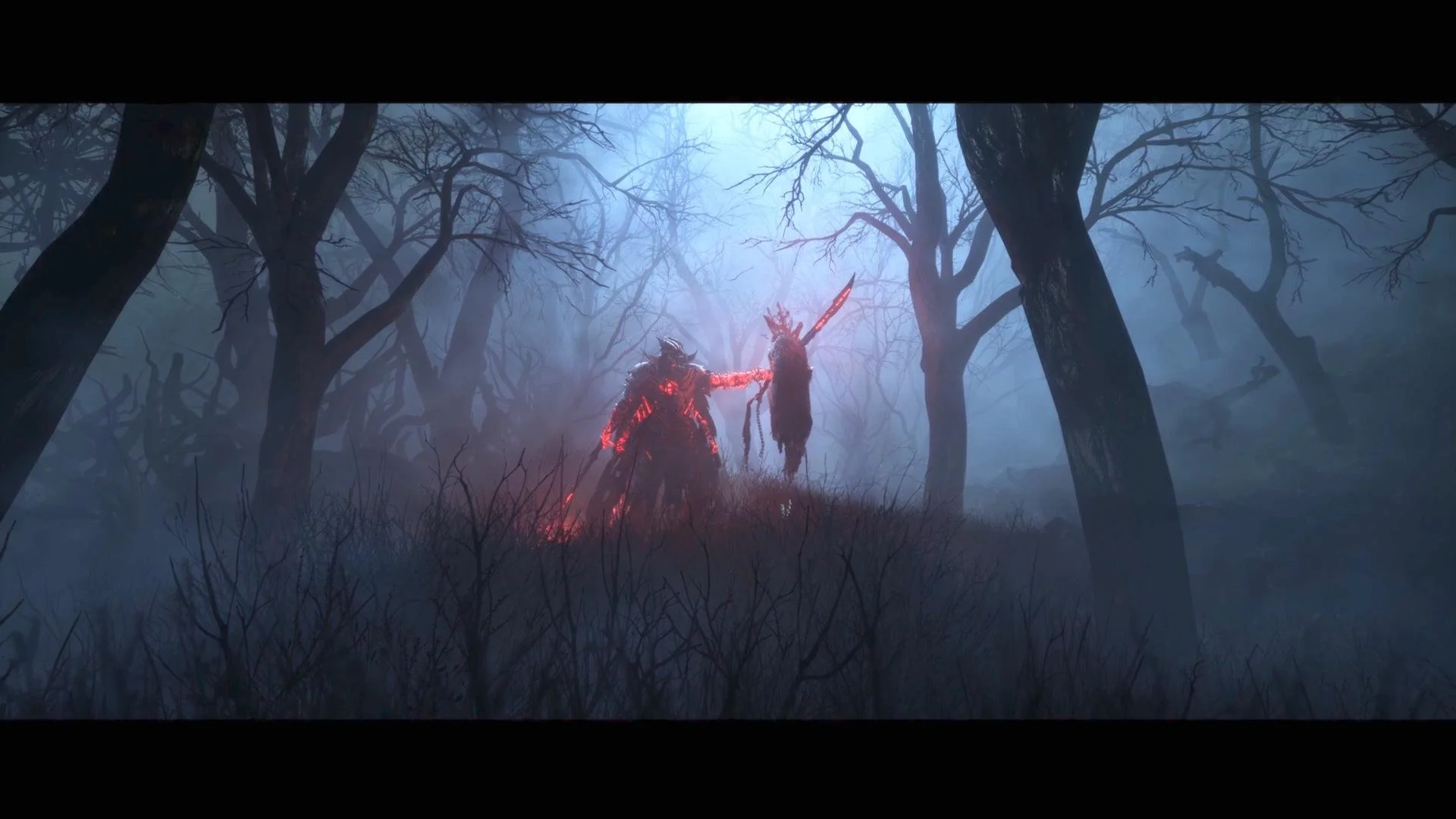

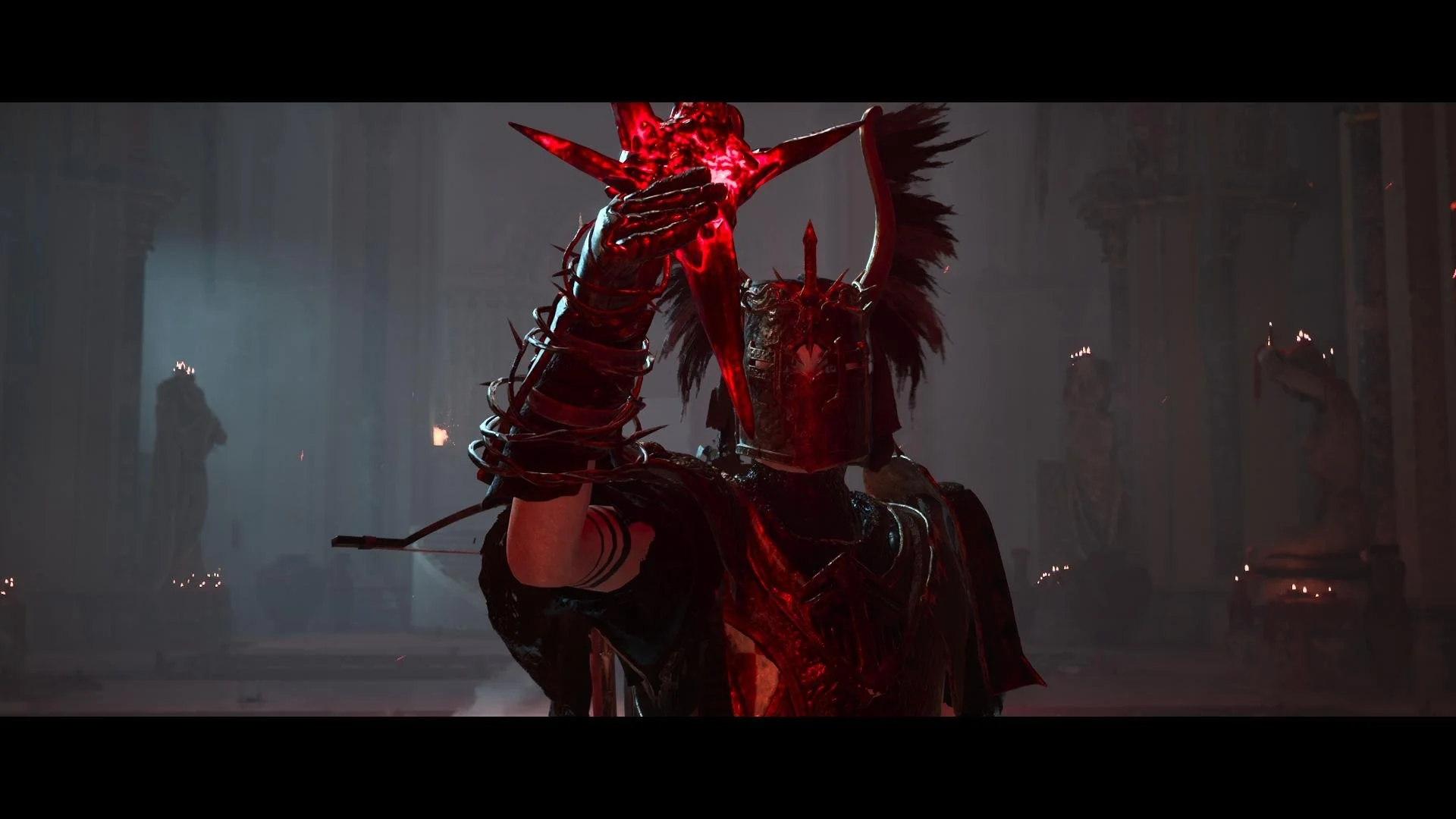
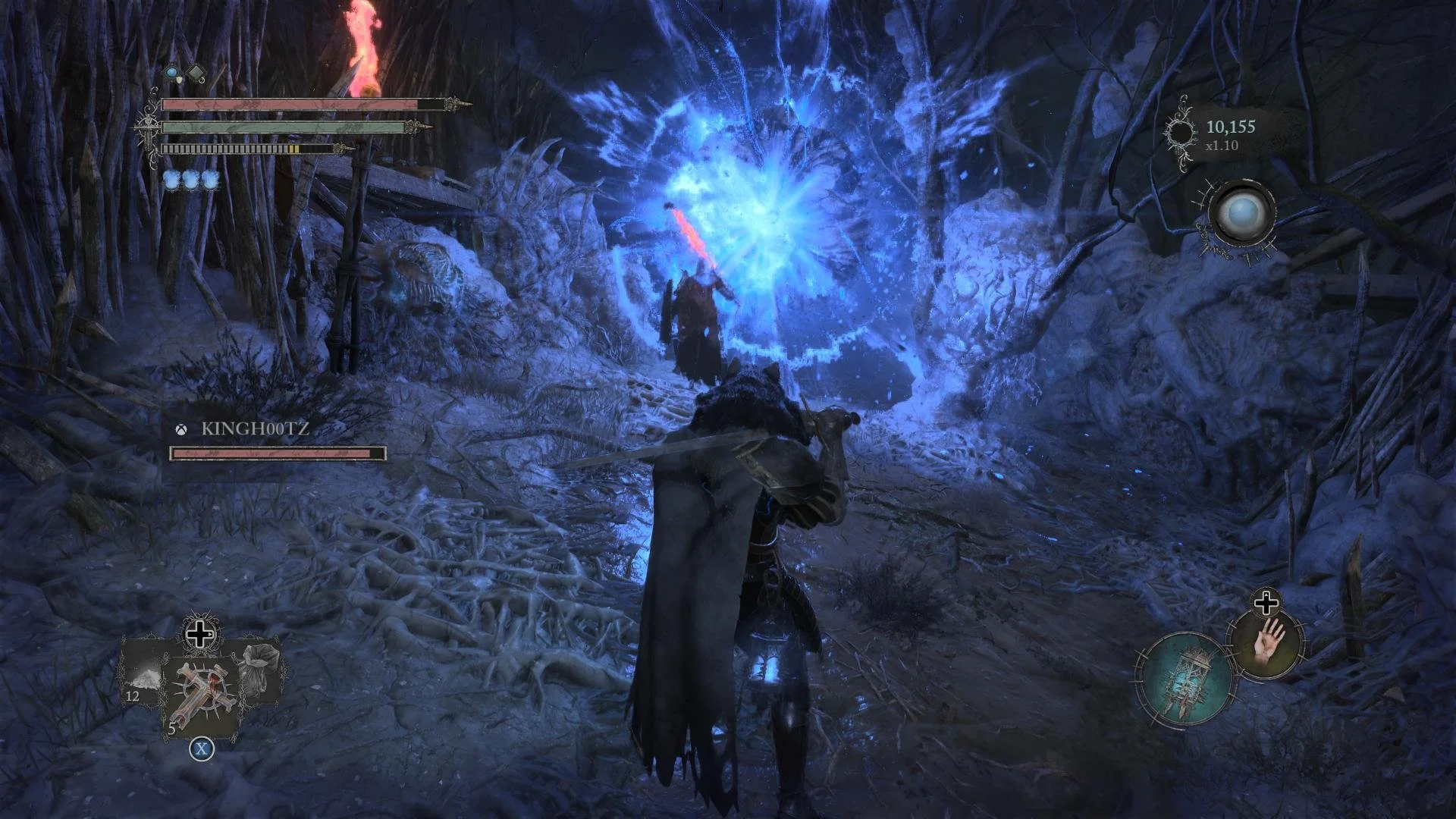
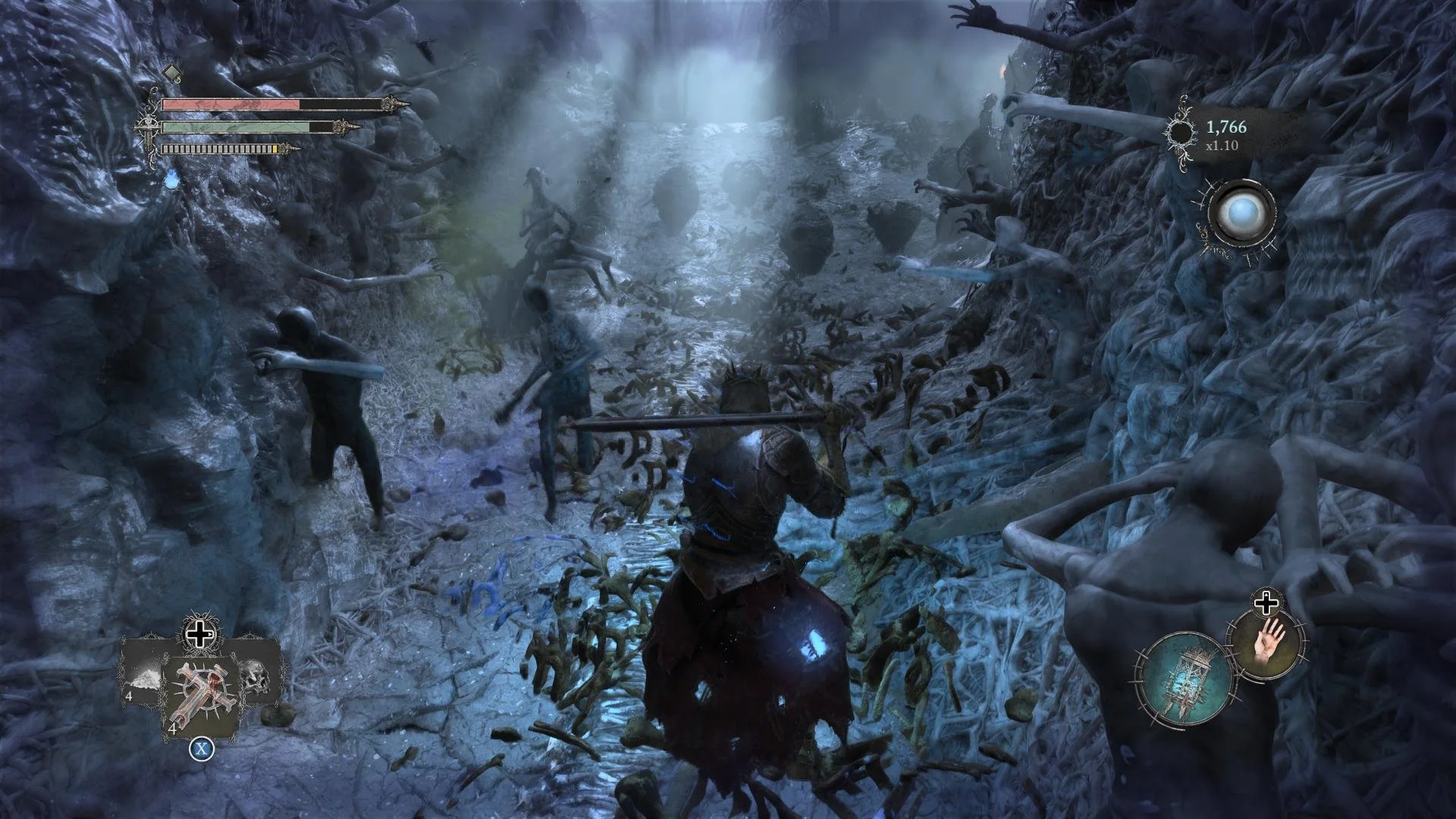
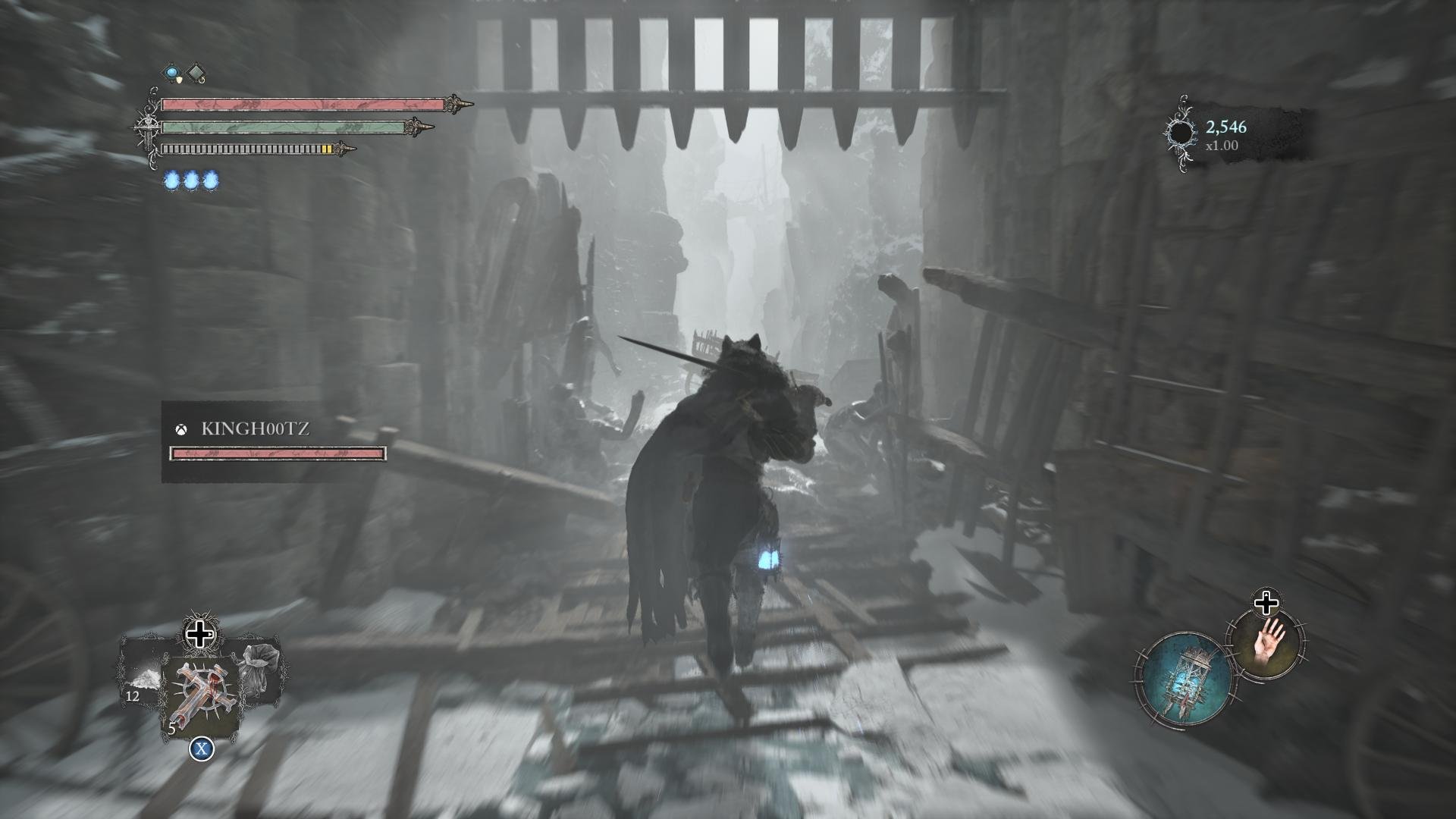
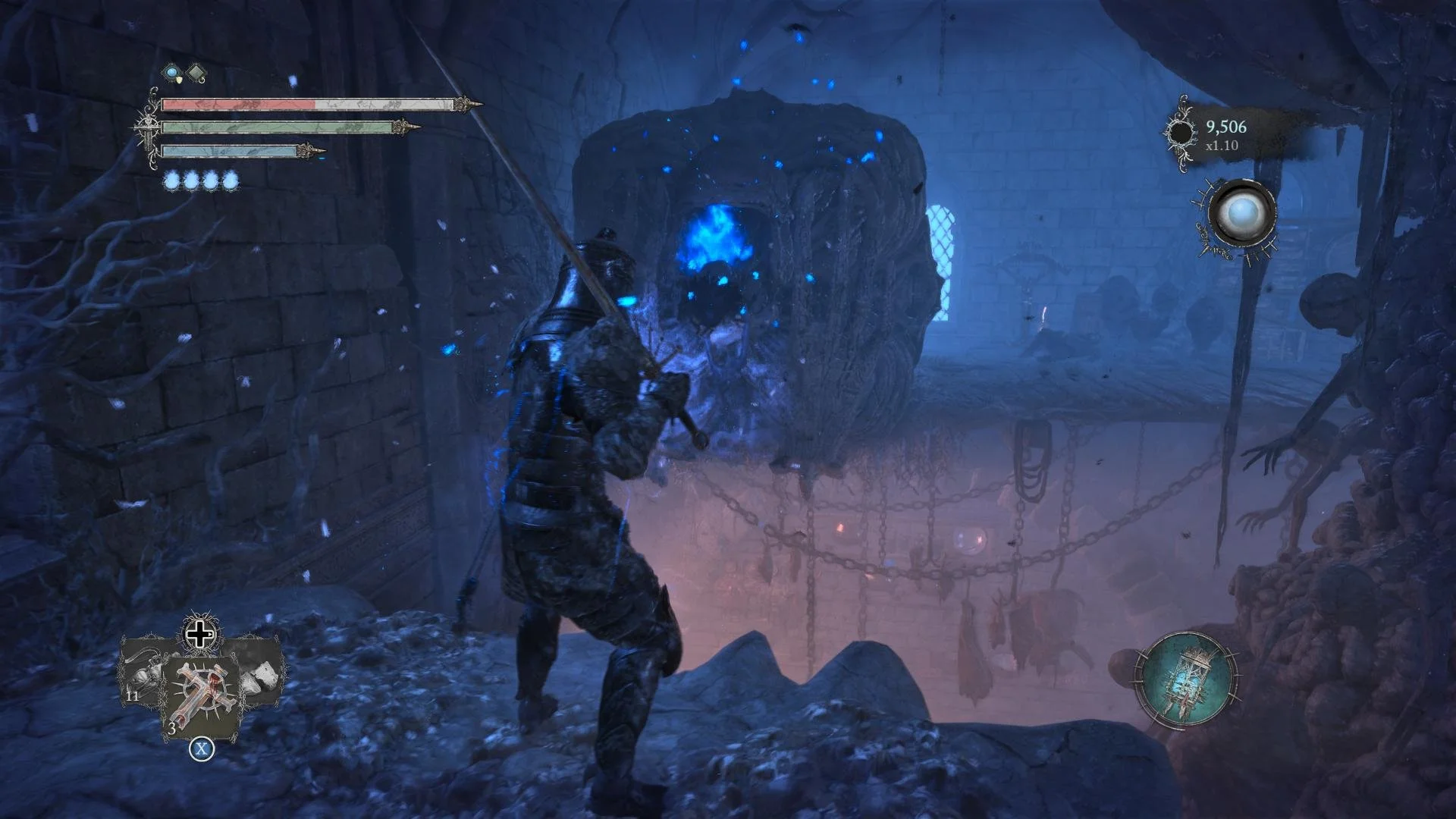
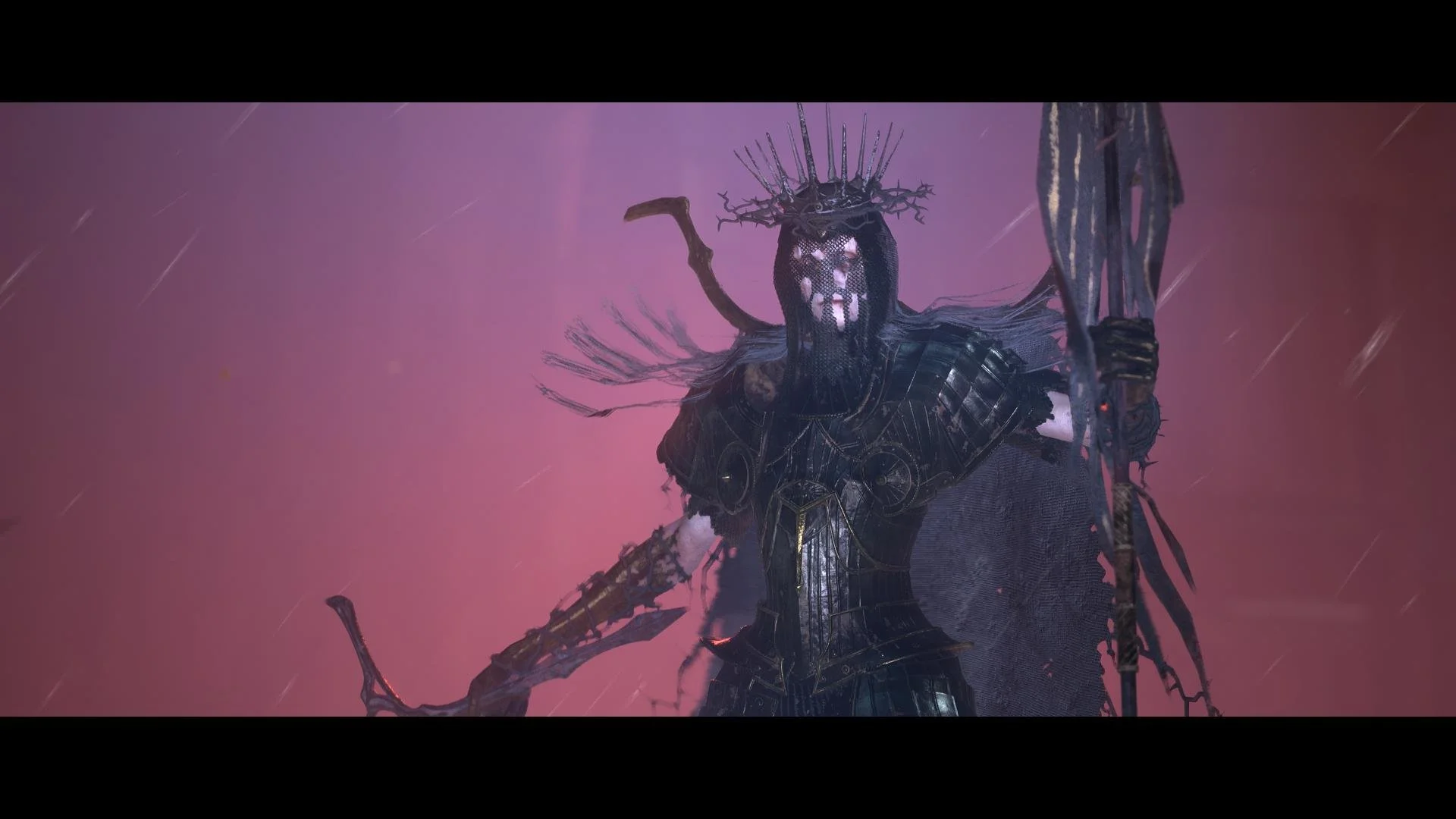
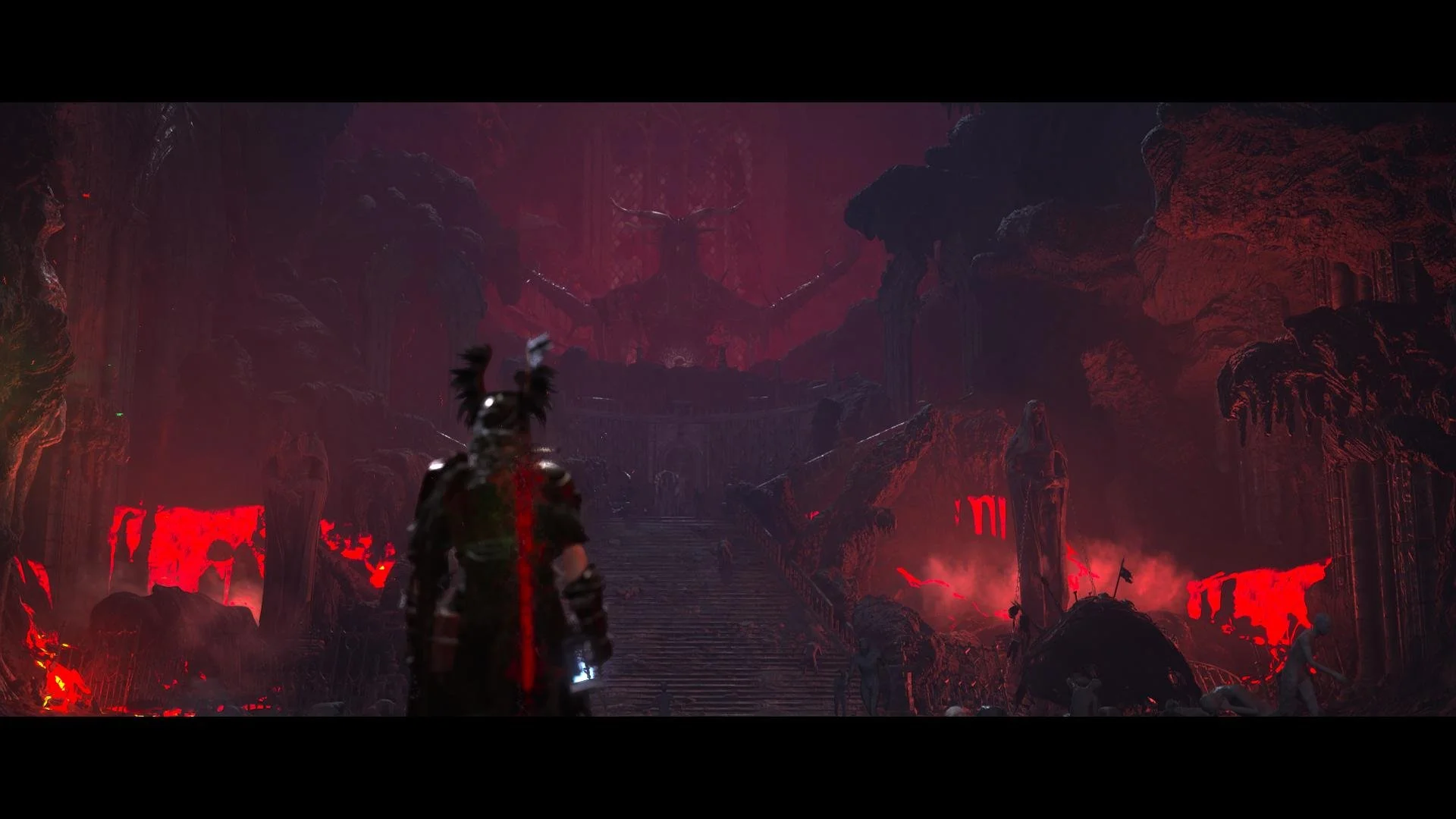
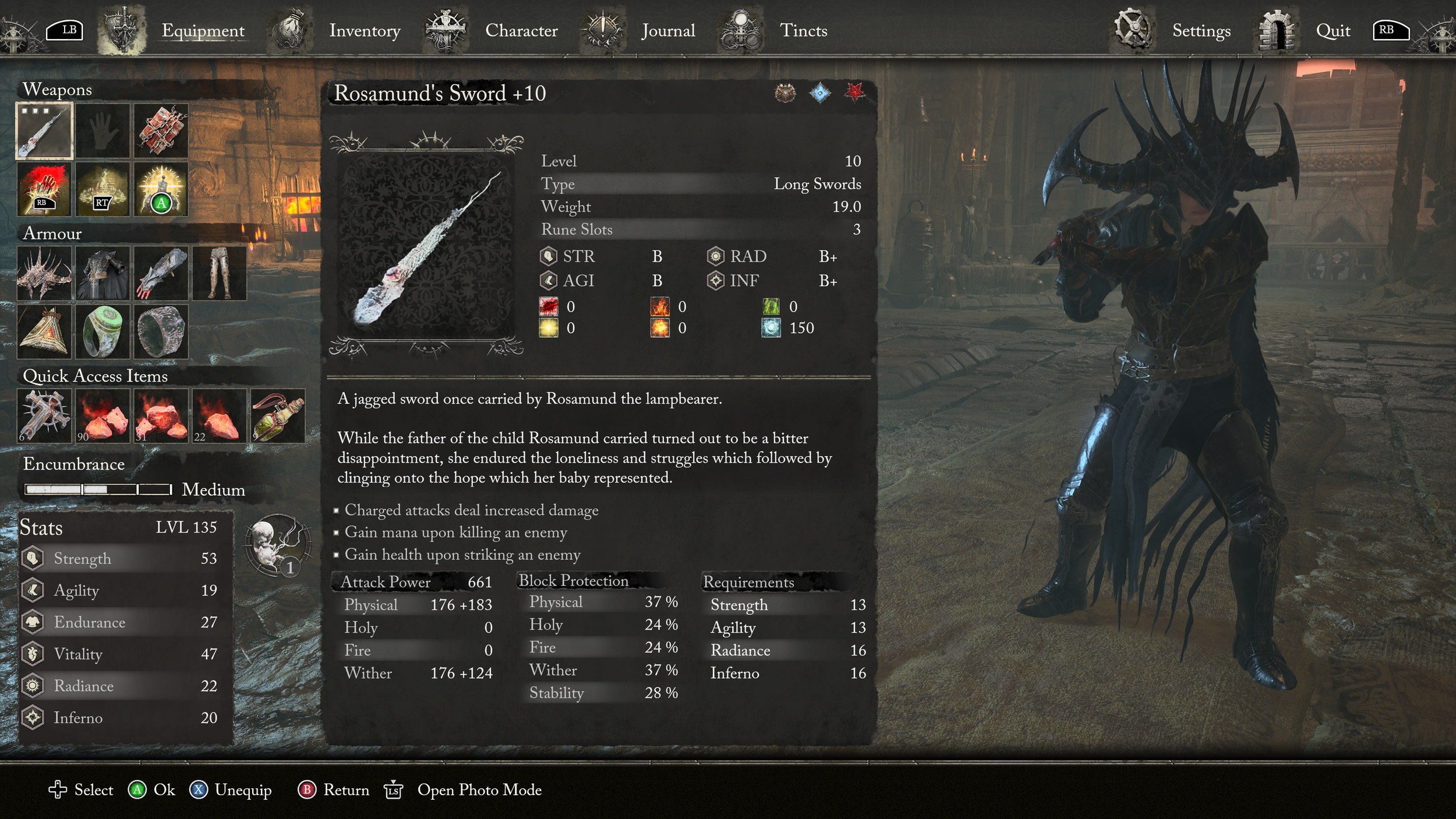

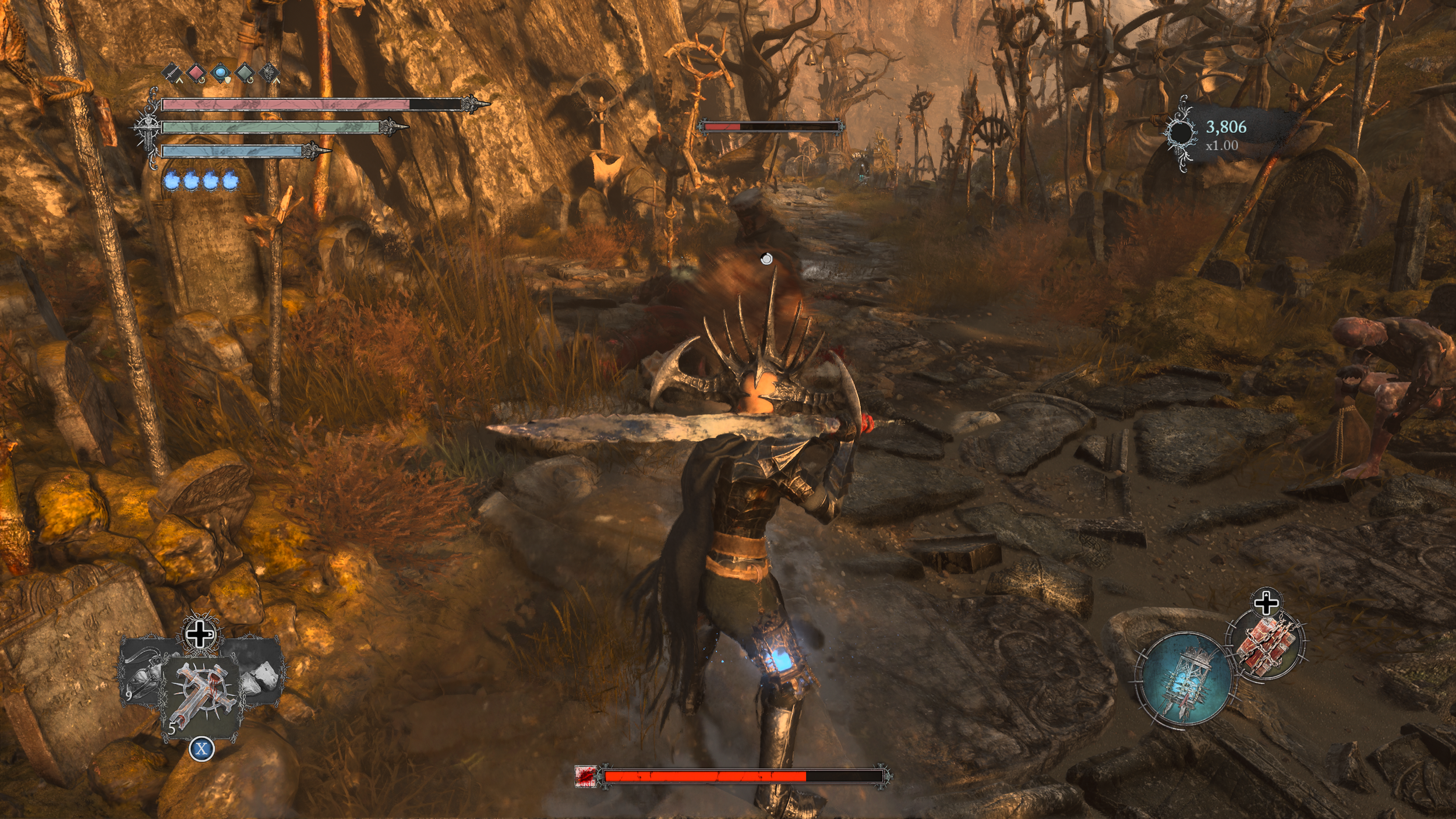







Jeff is the original founder of Analog Stick Gaming. His favorite games include The Witcher III, the Mass Effect Trilogy, Hi-Fi Rush, Stellar Blade, Hellbade: Senua’s Sacrifice, and the Legend of Heroes series, especially Trails of Cold Steel III & IV.